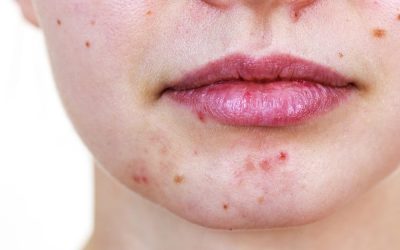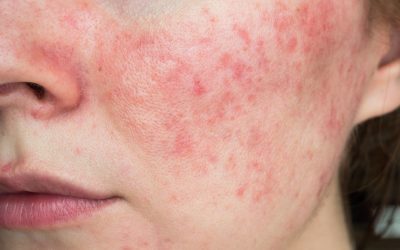Polymorphic light rash (sun allergy)
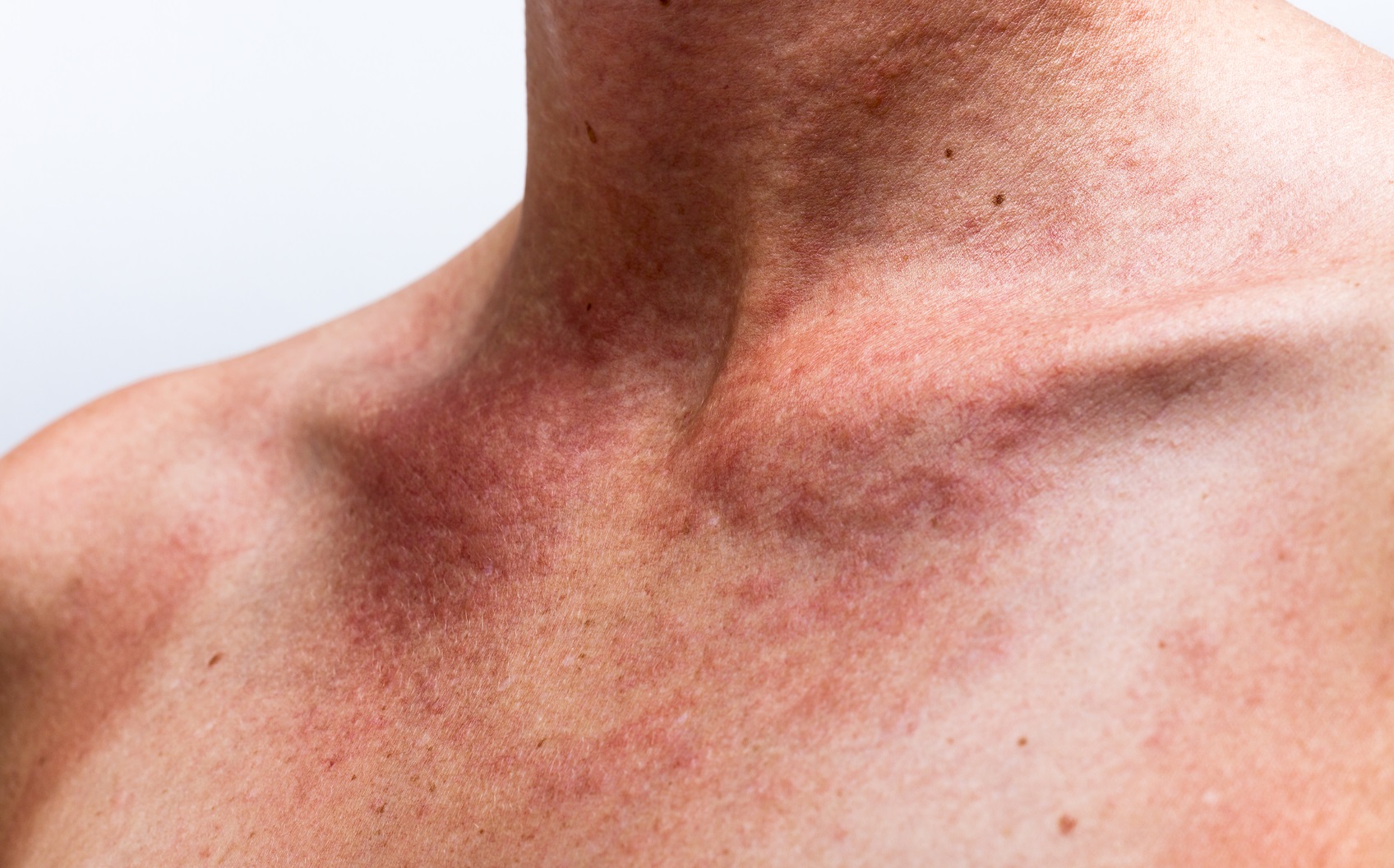
It usually occurs during the warm season (spring, summer), which means it is seasonal. Itchy, small, pink or skin-coloured papular rashes, less commonly plaques and vesicles, appear on areas of skin exposed to direct sun within a few hours, less often after a couple of days. Skin lesions disappear spontaneously within a few days if you avoid the sun.
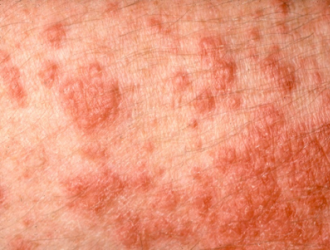
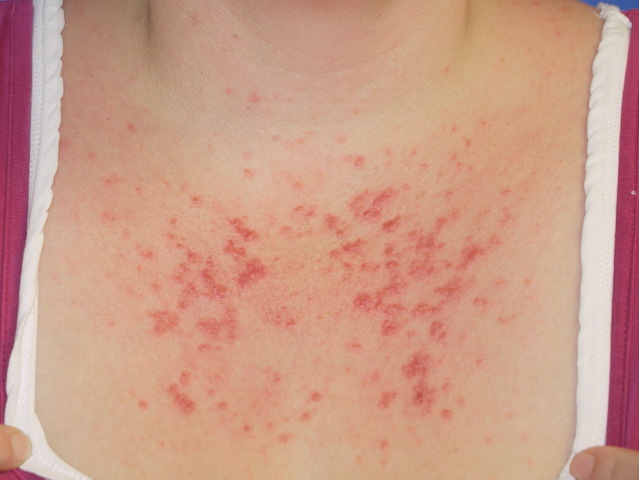
The diagnosis is based on medical history (exposure to direct sunlight), clinical symptoms (itchy rash on sun-exposed areas of the body) and seasonality (warm season). In most cases, no further tests are needed.
– Sun protection: clothes that cover the skin, SPF 50 sunscreen
– Prophylactic phototherapy (narrow-wave UVB phototherapy) in early spring or late winter to increase tolerance to the sun’s ultraviolet rays during the warm season. The course is 2-3 treatments per week for 4-6 weeks each year.
Treatment:
– Corticosteroid ointments. They are effective in reducing inflammation and itching. These drugs are given for 5-7 days, 1-2 times a day.
– In advanced disease, oral corticosteroids are prescribed.

Adult acne. Is acne just a teenage disease?
Adult acne. Is acne just a teenage disease? Acne is an inflammatory skin disease that has traditionally been considered a disease...
Rosacea
RosaceaA flush on the cheeks is not just for embarrassing situations or when you see someone dear to you a human being? Do you...
Seborrhoeic dermatitis
Bothered by scalp flaking and itching? You may have seborrhoeic dermatitisSeborrhoeic dermatitis is a common inflammatory skin...


